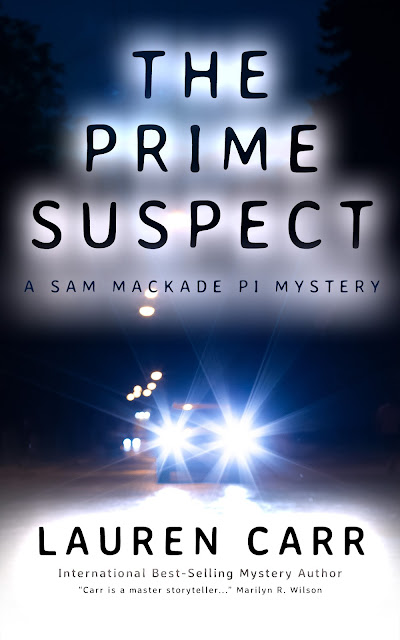I have a guest review today on a nonfiction book that addresses the evolution of buildings, transportation and power. If this is something that interest you, read on.
Book Title: The Future of Buildings, Transportation, and Power by Roger Duncan and Michael E. Webber
Category: Adult Non-Fiction, 290 pages
Genre: Non-fiction Futurism
Publisher: DW Books
Release date: July 2020
Tour dates: Jan 11 to Jan 22, 2021
Content Rating: G
Book Description:
The evolution of buildings, transportation and power will determine how our future looks and feels, and in the book Roger Duncan and Michael E. Webber argue the Energy Efficiency Megatrend will shape our future technology. Buildings and vehicles will evolve into sentient-appearing machines such that we will be living, working and moving about inside robots. Buildings may develop personalities and the transportation system will have any manner of vehicle available at a moment's notice. This complex, interconnected system will be powered by the clean and efficient conversion of fuels and energy flows that surround us.
Guest Review:
Reviewed by Jack Zaleski:
Five stars. This book really captured my imagination and got me thinking – about a lot of things! Hard to ask for more than that from any author! It is also well written and enjoyable to read.
The overarching theme of the book is what the authors call the “Energy Efficiency Megatrend.” This will be accomplished by the ever-increasing information intensity of digital technology. They make the interesting point (and provide examples) that not all technologies will advance at the same rate – some aspects of technology will change at much slower rates.
One consequence of the megatrend is the convergence of buildings, transportation and the electrical power grid into a single system providing huge increases in efficiency which will require less material, motion, energy, and time. Not only will structures become much more energy efficient in the future, but the construction time to build them will drop drastically thanks to 3D printing, robots, and AI.
A fascinating portion of the book is entitled “Sentient-Appearing Buildings,” where the authors cover topics including programmable matter and how engineering at the nanotechnology level may well allow for buildings to essentially become shapeshifters. New materials, like graphene, coupled with sensors will allow the structure to physically change itself to accommodate the needs of the occupants. Self-repair of itself will likely be a standard feature of most future buildings.
In addition, printed electronics, embedded sensors, and communications technology will allow wall surfaces, both interior and exterior, to serve many purposes such as screens, power generators and as air filters. As the authors speculate (page 81), “Screens will be everywhere. Your walls may serve as a TV or computer screens, display Monet’s water lilies, pick up where you left off in the book you are reading, or conference in your partner at the office.” They point out that the company “Meural” already sells an electronic art screen that can download art and pictures from the internet which you cycle through by waving your hand or can program to play as desired. This interactive screen technology, they believe, will be a standard feature built into future walls. All this left me wondering (hoping) whether this technology can be retrofitted (affordably) into my existing house.
I was particularly interested in urban farming, and forests because it had never been well explained to me. The authors did a good job of doing just that, by including not just the potential benefits but also the challenges involved and citing examples not just of what, to date, has worked but also what has not – why.
Lots of interesting tidbits can be found throughout the book. For example, the authors point out that covering building exteriors with plants is a good way to help air quality, but that in some climates synthetic carbon capture may be necessary. It turns out that high tech artificial leaves on artificial trees can capture much more carbon than natural trees. They share the observation that, “We may see a mixture of natural and artificial landscapes in the future. Buildings and cities may still be green, but it won’t all be natural.”
The only areas the author’s neglected to address was security and privacy. The highly integrated future presented in the book also seems especially vulnerable to hacking and the intentional disruption by bad actors. Ameliorating outsized security vulnerabilities would require significant (and continuous) defenses which will drive operating costs up.
At a policy level, exactly who owns and operates this future? The state? Private companies? At the time of this writing the tech titans of Silicon Valley have exerted their power over several politicians and companies in the U.S. effectively silencing them. So, I have to wonder if, in this future, I was to order something from Amazon that was deemed inappropriate (e.g., a MAGA hat), or wrote something that was deemed unacceptable – does my house get shutoff? There are clearly tools of coercion that can come with this future and we should give thought to the tradeoffs involved between convenience and comfort on one hand, and personal freedom on the other.
Roger Duncan is a former Austin, Texas City Councilmember and the former General Manager of Austin Energy, the municipal electric utility. He is also a former Research Fellow at the Energy Institute at the University of Texas.
Michael E. Webber is the Josey Centennial Professor of Mechanical Engineering at the University of Texas, and Chief Science and Technology Officer at ENGIE, a multi-national energy services and ingrastructure company.
Connect with the authors: website
Enter the Giveaway:
Ends Jan 29, 2021










i shared this one too. looks interesting
ReplyDeletesherry @ fundinmental
This looks really interesting, I love books like this.
ReplyDelete